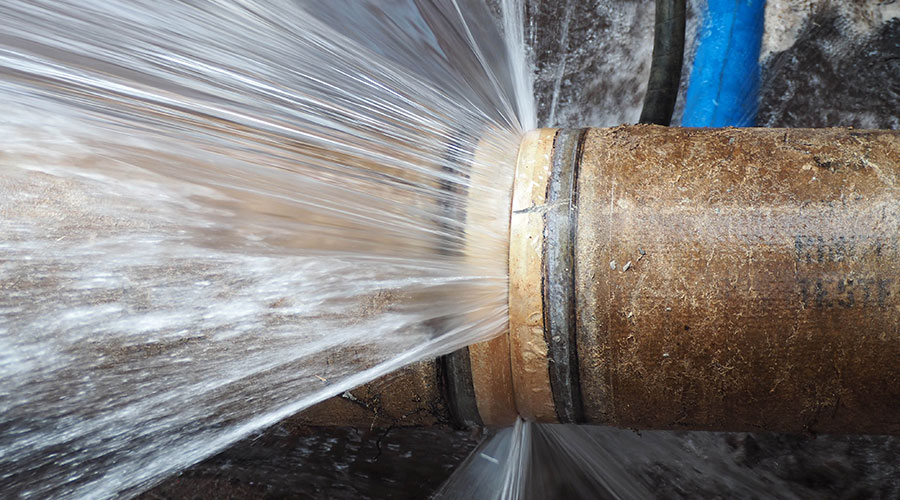Emory University Hospital Midtown recently experienced a severe water shortage due to multiple water main breaks, according to The Atlanta Journal-Constitution. The hospital, which houses about 500 patients, struggled with low water pressure, affecting basic functions like flushing toilets and prompting the use of bottled water.
As a result, the hospital had to divert ambulances, except for urgent heart cases, and it transferred some patients, including those needing dialysis, to other Emory hospitals. To maintain air conditioning, the hospital received 58,000 gallons of water from local fire departments and tankers.
The hospital has resumed normal operations, with its local area still under a boil water advisory, according to CNN.
Related: How Healthcare Facilities Monitor Water Usage
Water main breaks can be catastrophic for healthcare facilities because they directly hinder water supplies. But that is not the only issue. Other problems can crop up, according to Nuvonic:
- Water use. Drinking fountains, food prep and other activities that use water are impacted.
- Critical care. Activities core to patient care, such as hand washing, are also affected.
- Equipment requirements. Many systems and equipment can be affected, resulting in the need for them to be reprocessed. These systems include medical equipment, fire sprinkler and HVAC.
- Sanitization requirements: Sanitization activities such as bathing patients, doing laundry, decontamination and hazmat responses are affected.
Jeff Wardon, Jr. is the assistant editor for the facilities market.

 Building Sustainable Healthcare for an Aging Population
Building Sustainable Healthcare for an Aging Population Froedtert ThedaCare Announces Opening of ThedaCare Medical Center-Oshkosh
Froedtert ThedaCare Announces Opening of ThedaCare Medical Center-Oshkosh Touchmark Acquires The Hacienda at Georgetown Senior Living Facility
Touchmark Acquires The Hacienda at Georgetown Senior Living Facility Contaminants Under Foot: A Closer Look at Patient Room Floors
Contaminants Under Foot: A Closer Look at Patient Room Floors Power Outages Largely Driven by Extreme Weather Events
Power Outages Largely Driven by Extreme Weather Events